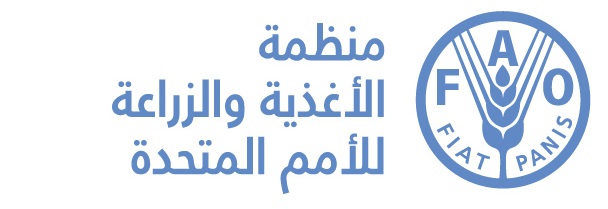Coconut Rhinoceros Beetle -Oryctes rhinoceros
- Publication Date
- ثلاثاء, 16 يناير 2024, 04:43
- اخر تحديث
- يناير 16, 2024, 11:15 م
- Report Number
- VUT-02/2
- الدولة
- Vanuatu
- Pest Id
- Oryctes rhinoceros - (ORYCRH)
- Report Status
- Final
- Hosts
- The pest feeds mainly on young coconut fronds. when leaves mature, a v-shape is visible on the coconut leaves that has been damaged by the invasive pest of coconuts.
- Pest Status (ISPM 8 - 2021)
-
- Present: not widely distributed and under official control
- Geographical Distribution
- Oryctes rhinoceros was first detected in 2019 on Mangaliliu Village on East Efate, Vanuatu. It is unfortunate though that we were not able to upload report into this portal until today. so far it is present on Efate and offshore Islands as Lelepa, Moso, Nguna, Pele, Kakula, Emau, Iririki and Erakor Island resort. these are small Islands just offshore from Mainland Efate Island. The Department of Biosecurity in Vanuatu has been able to maintain it on Efate Island for the last 5 years with assistance of the Ministerial Order that was signed in 2021 as well as a memorandum of Understanding between Biosecurity Vanuatu and Office of Maritime Regulator. These have greatly assisted Biosecurity especially control movement of agricultural host materials that could act as host for Coconut Rhinoceros Beetle. The Ministerial Order also states that ships should leave Efate wharfs by 4.00 pm, otherwise they should berth with low or deem lights and be inspected by Biosecurity officers before they leave infected Island next day. Map of CRB Spread will be uploaded.
- ملخص
Coconut Rhinoceros was first detected in May 2019 on the Island Of Efate. the detection was done during kava facility audit on Mangaliliu Village. Report of first occurrence is uploaded.
- Danger
- Coconut Rhinoceros beetle affects coconuts which is sometimes referred to as the Tree of life because almost al parts of the tree is used by the Vanuatu people. Coconut already had its many uses amongst the people of Vanuatu as a source of nutrition, of remedies for certain skin diseases and countless other domestic purposes before its commercialization in the mid-19th century. Copra, which is the dried flesh of the coconut containing the oil, was first bought raw from natives by early European settlers and exported to European mills. Coconut fruits, leaves and parts of the tree have been used for many purposes across the Islands of Vanuatu. Mature coconut kernel is a source of food for the population of Vanuatu, especially smaller raised coral Islands that have difficulties in obtaining more staple food and carbohydrates intake. The coconut sector is the second largest contributor to foreign exchange earnings and also contributes 45% to GDP which is more than half of that provided by tourism which is Vanuatu's biggest industry. Economic spin offs from the coconut sector in 2011 are accountable for 45% of total exports of goods and marginalizing the cocoa sector by a neat 41%. A recent study on the composition of agricultural production in Vanuatu showed that 36% comes from copra and 54% came from coconut oil. The Coconut sector therefore contributes more than three quarters of total agricultural output and dwarfs other product such as cocoa and sandal wood. These indications demonstrate the Coconut sectors predominant positions as the country's main source of income for 80% of the country's population. (Vanuatu National Coconut Strategy 2016-2025)
- Contact for info
- Leisongi Manses Senior Plant Health Officer Department of Biosecurity VANUATU phone- (678) 23519 Email: [email protected]
- Report files
- Report of CRB Incursion in Vanuatu May 2019
- Pest Incidence report May 2019
- Confirmation of CRB report from NZ Laboratory 2019
- Vanuatu COM Paper for restriction movement control Order
- الموقع
- Issue keywords
- Pest reporting
- Commodity keywords
- Oil-cake and other solid residues, whether or not ground or in the form of pellets, resulting from the extraction of coconut or copra

